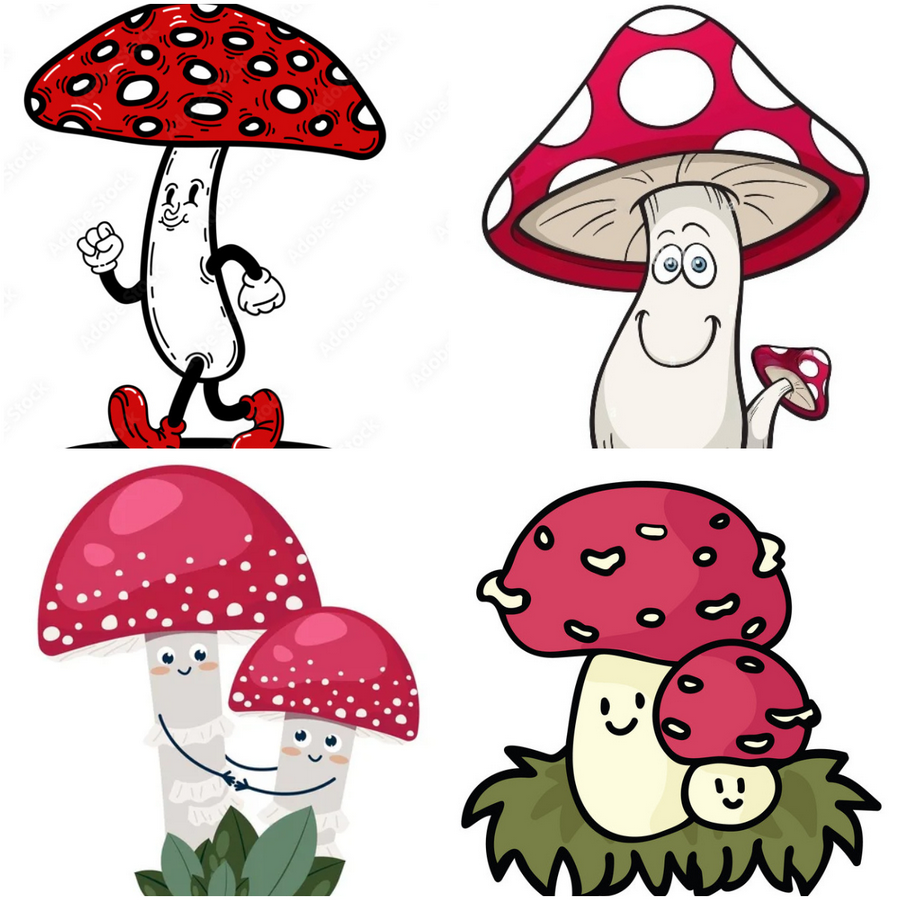The Fly Agaric mushroom, Aminata muscaria, is a large, white-gilled mushroom with white spots on a red cap (usually but not always).
Amanita muscaria is an introduced species in Australia, and there are concerns that it may be spreading at the expense of native fungal species. It is almost always found growing in close proximity to introduced tree species such as oaks, birches and pines.
‘Agaric’ is from the Latin agaricum and/or the Greek agarikon which means ‘tree fungus’. The late Middle English, ‘agaryke’ is for a kind of mushroom used for medicinal purposes. Apparently, it was an early European tradition to crush the caps and mix them with milk to attract flies. When the flies drank the milk containing the dissolved mushroom toxin, they died.
Although death is rare in humans from ingestion of the Fly Agaric, in most references it is listed as both poisonous and psychoactive. Symptoms of poisoning include nausea, vomiting, dizziness, hallucinations, involuntary movements, delirium and seizures. The Fly Agaric is in the same genus as the Death Cap mushroom, Aminata phalloides.
One of the issues with the Fly Agaric is its attractiveness to children. It is often used in fairytales and children’s cartoons. There are recorded cases of children being poisoned by eating this toxic fungus.
Pretty but deadly.
.png)
.png)
.png)

No comments:
Post a Comment